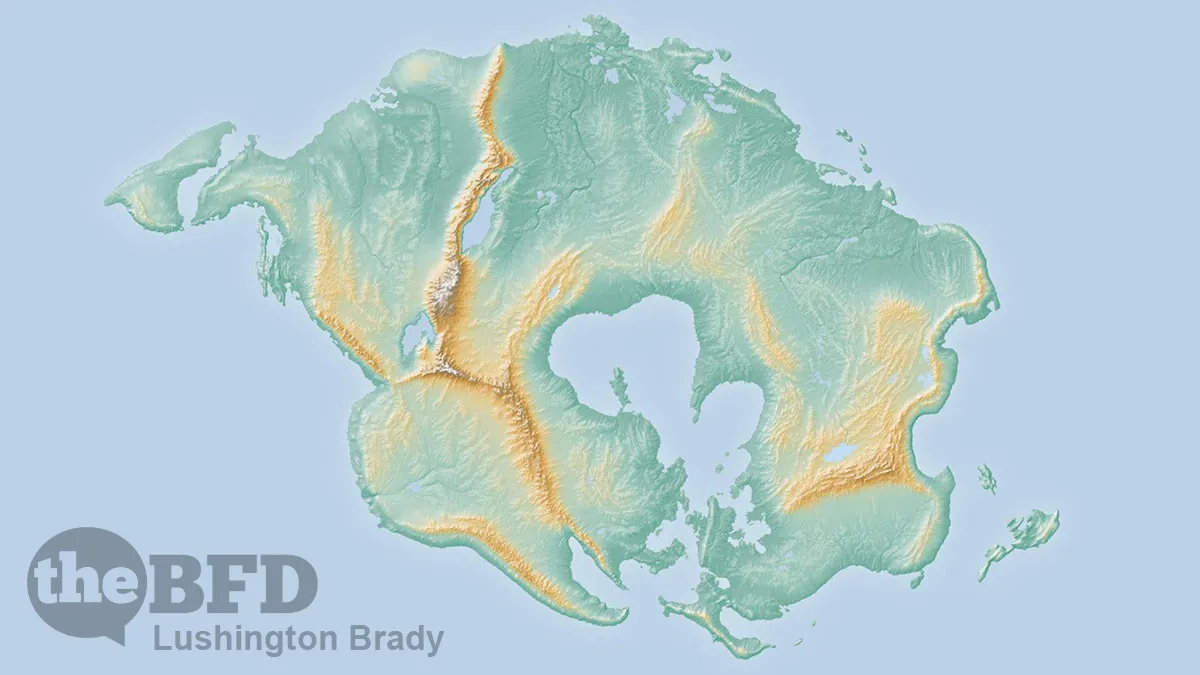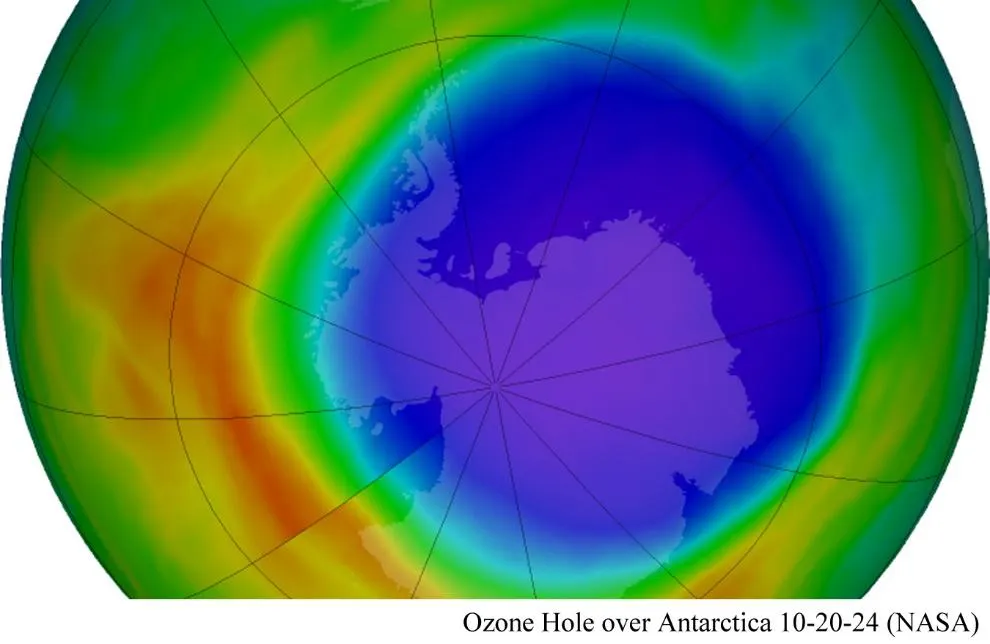Table of Contents
We’re a funny lot, we humans. Nearly 3,000 years after Heracleitus pointed out that all is flux, we still subconsciously tend to live with the assumption of the opposite. “As old as the hills,” we say, even though on the cosmic, let alone the geologic, scale the hills are but bouncing youngsters, bobbing up and down likes kids on a trampoline.
Even when we intellectually know that we are surrounded by unending change, we find it near impossible to let go of the sense that as it is, it ever was and will be. It’s notable, for instance, that much of the bodice-ripping over climate change seems predicated on the tacit notion that the climate of the mid-20th century (ie when Boomer scientists were in their youth) is the Platonic ideal of climate. Similarly, many environmental campaigns against forestry or fire management in Australia are driven by assumptions that the Australian landscape of the 20th century bears any resemblance to that which dominated over the past tens of thousands of years.
We’re even used to thinking of the map of the globe, with its scattered continents, as a permanent fixture, rather than what it is: a fleeting snapshot of the Earth’s ever-changing face. In fact, for much of the Earth’s history, its lands have been clustered into just one or two “super-continents”, which only began their final breakup into the various continents we’re familiar with today between 200 and 100 million years ago.
For a 4,500-million-year-old planet, that’s practically yesterday.
And by ‘tomorrow’ (geologically speaking), the super-continents will be back.
Geoscientists say Earth will be home to one massive supercontinent about 200 million years from now; there are four prominent versions of this mega-continent.
The climate might be surprisingly balmy in one of the most popular versions, but there is also the potential for an ice age.
Even with the precise measurements that satellites are able to make of continental drift (for instance, Australia is drifting north at such a rate that GPS systems have to be constantly updated to keep up), the precise picture of what the future neo-Pangaea will look like is far from certain. There are four roughly prevailing scenarios.
In the first scenario, we assume the Atlantic Ocean keeps opening up, while the Pacific Ocean keeps closing. The Pacific Ocean, for its part, is full of subduction zones, or places where oceanic plates are sinking down into continental plates and then into Earth’s mantle. (This is also why 80 per cent of big earthquakes occur around the edges of the Pacific Ocean, also known as the “Ring of Fire.”)
As a result of this tectonic activity, the Americas continue to separate from Europe and Africa, which means they eventually smash into northbound Antarctica, and eventually into Africa, Europe and Asia, which will have already been crammed together. Meanwhile, Australia will have docked to East Asia. The result is one immense mega-continent called “Novopangea” (Greco-Latin for New Pangea).
A competing scenario is “Pangaea Proxima”, or next Pangaea. In that one, the Atlantic and Indian Oceans both continue to expand, eventually shoving Eurasia back with the rest of the continents. The result will be a roughly ring-shaped supercontinent, with a small ocean basic at its centre.
But what if the Pacific and Atlantic both close? “Aurica”, fuck yeah! Aurica is a portmanteau of Australia and America.
If the Indian Ocean is the future marine winner, opening out while the Pacific and Atlantic shrink into insignificance like the once-mighty Tethys Ocean, which survives today as the Black, Aral and Caspian seas, then the seven continents will cluster together around the equator as Aurica.
Finally, the “Amasia” (a portmanteau from Americas and Asia) theory speculates that the Atlantic and Pacific will remain open, while the Arctic Ocean closes. In that case, all continents except Antarctica will start moving north and settle near the North Pole. “You end up with just a huge ocean around the North Pole and Antarctica on the other side.”
Climatically, if you’re into movies like Snowpiercer or The Day After Tomorrow, Amasia will be for you. Just as the circumpolar current has locked Antarctica under ice for the last few million years, the ocean belt around Amasia would do the same, leading to permanent glaciation in the higher latitudes.
On the other hand, Aurica would be a tropical paradise.
“This supercontinent will be near the equator, so it will probably be a little warmer, and maybe drier than today’s Earth,” says Duarte, who believes Aurica is the likeliest supercontinent scenario and Amasia the least likely. A warmer Earth (by three degrees Celsius, according to their models) could lead to a proliferation of Brazil-like coasts, with beautiful, white-sand beaches, enchanting coral reefs and sand dune complexes, but also strong ocean currents.
Of the two – glacial or tropical – guess which global climate would be the most hostile to life?
A glaciated Amasia would wipe out almost all forms of life on Earth, sparing only life in the ocean.
MSN
We are the only humans in history to be afraid of a warm climate.









